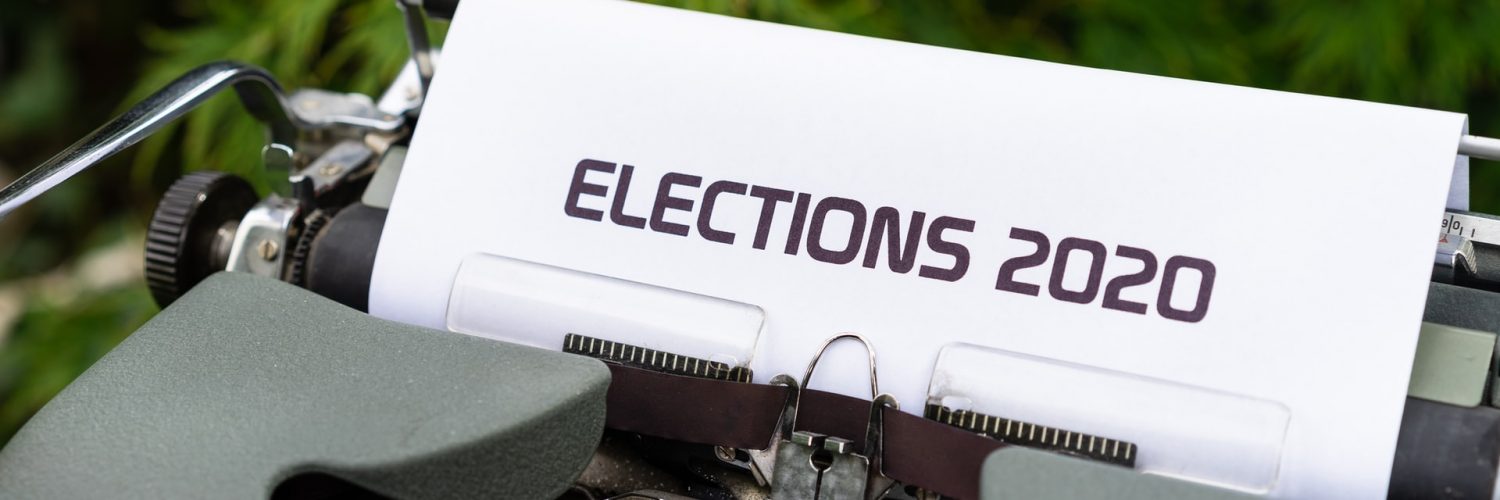Recently the Trump administration had proposed a resolution in the law for Student Visas which stated that the new rule would set fixed terms of up to four years for student visas. Currently, student visas follow “duration of status,” meaning students can stay in the USA till they have enrolled in any educational institution. Although, With the new rule, the U.S. Government would follow a “duration of stay” basis for the student visa, which for most countries – including India – would be four years. This would mean irrespective of the time taken for the student to complete the program, the visa is valid only for four years.
Extensions of stay could be approved “if the additional time needed is due to a compelling academic reason, documented medical illness or medical condition, or circumstance that was beyond the student’s control,” the new rule states. The declared fixed four-year term will be inadequate for a typical PhD program and many a time students take more time to finish their undergraduate programs. For instance, if the international student takes introductory courses then it will impact the timeline required for completing the degree program with a student visa. This would mean several students would require to apply for an extension of stay half-way, before completion of their course, and would have to trust that they get an approval to continue.
The United States of America was a destination for close to a million international students last academic year out of which more than 200,000 students are from India, who contributed over $8bn to the US economy. It is a well-known fact that the USA as the preferred destination for Indian students to gain higher education is declining over the past few years. From over 70% of the students who used to favour the USA as a destination for higher studies, five years back, it has steadily declined to less than 50% now.
There are a combination of factors responsible for this trend. Additional factors such as the H1B Visa regulation changes for non-immigration workers, which is likely to affect the Indian students post their studies in terms of job prospects, especially for the students aiming to land a good-paying job in a Tech firm. Beyond these visa regulatory changes, it is the uncertainty factor that is causing a lot of concern in the minds of aspiring Indian students. This could lead to Indian students looking at other countries for higher education and future prospects, who are much more welcoming to them like Canada, UK and Australia.
To conclude, the forthcoming U.S. elections could become a major factor for students from India to consider US universities for pursuing their higher studies.


















Add comment